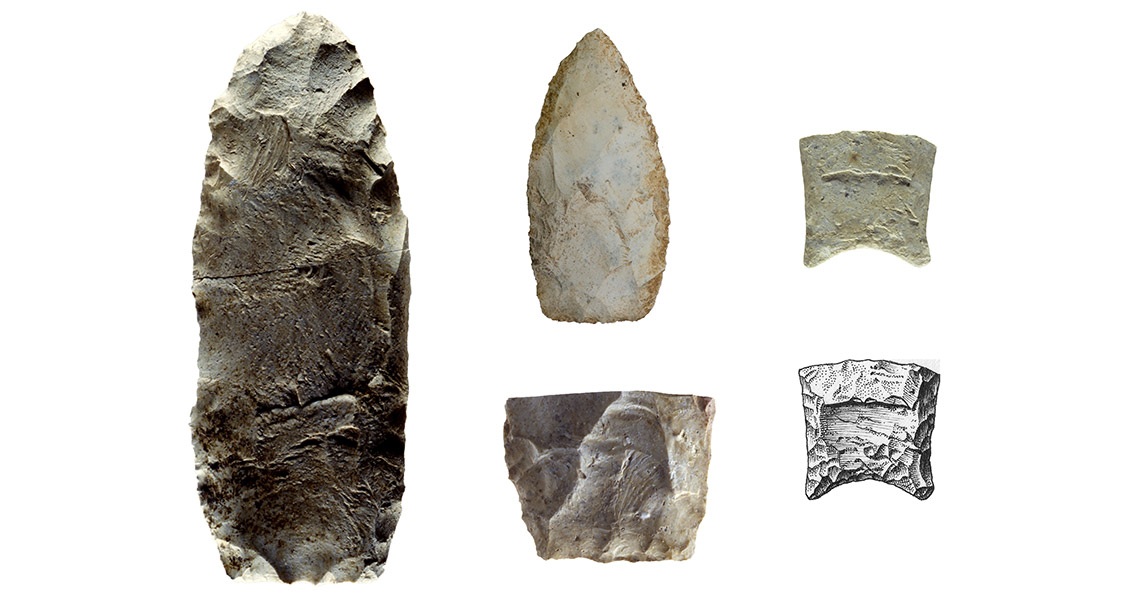<![CDATA[Before the end of the last ice age, millennia earlier than the area is traditionally believed to have been inhabited, manmade fires could have been burning in South Carolina. Radio-carbon dating of charcoal remains from Topper has established that they are approximately 50,000 years’ old, significantly older than previous evidence of a human presence. Additional stone tool artifacts have also been unearthed at the same deep underground level. Topper, an archaeological site located in South Carolina, United States, is where, almost two decades ago, controversial artifacts were discovered that some archaeologists believed indicated human habitation of North America at least 3,000 years prior to the Clovis culture, previously thought to be the first inhabitants of the continent. The artifacts from the pre-Clovis stratum date to between 16 and 20 thousand years ago. Prior to the discoveries at the Topper site, archaeologists typically didn’t excavate deeper than the Clovis layer because of the belief that no human artifacts older than Clovis would be found. “If the dating is solid and the artifacts identified as being anthropogenic (man-made) without any doubt, this is a splendid addition to our knowledge of the early human occupation of North America,” Phil Manning, a paleontologist with the College of Charleston, told The Post and Courier in Charleston, adding, “I have no doubt that this will be a hotly debated topic for some time, as paradigm shifts often take a while to gain acceptance, but the evidence appears to be solid.” It all started with a chert chopper (also known as the Topper Chopper) – a piece of rock with the face of a blade hammered out of it, that was discovered in the early 1990s by Al Goodyear, who has since retired from the S.C. Institute of Archaeology and Anthropology at the University of South Carolina. The pieces were relatively small, as were the blades cut into them, suggesting they may have been used to carve ornaments from ivory, bone, and antler. They were dug up from soil sediments deeper than the Clovis tools which date humans in North America back to between 12,000 and 13,000 years ago. Critics argue whether or not the stone tools were actually pre-Clovis and whether or not the stone pieces had actually been hammered by humans or split apart by nature. Recent analysis of Goodyear’s artifacts has ascertained they could not have occurred naturally. The dispute is still ongoing in certain quarters, and now the team has gone even deeper and found even earlier evidence of humans. Since the 1930s, it’s been widely accepted that the first humans to inhabit North America were the Clovis people, who appeared around 13,500 years ago. Artifacts from the Clovis culture are found across most of the United States and as far as Panama to the south. This theory has seen challenges in recent decades following the discovery and dating of pre-Clovis sites in Texas (Buttermilk Creek) and Virginia (Cactus Hill). The research team is currently organizing the findings to be published for peer-review. Image courtesy of the University of South Carolina]]>
Evidence of Manmade Fires Well Before Clovis Culture
